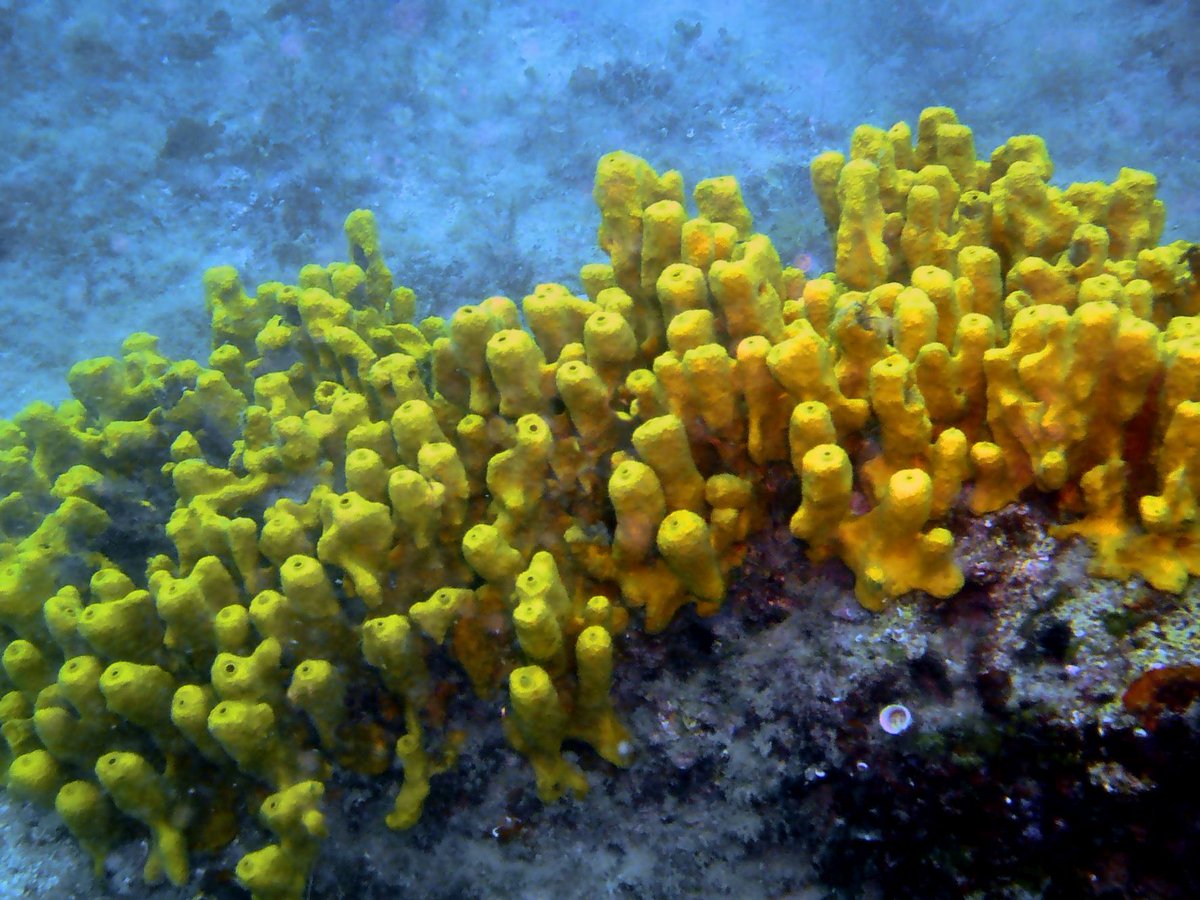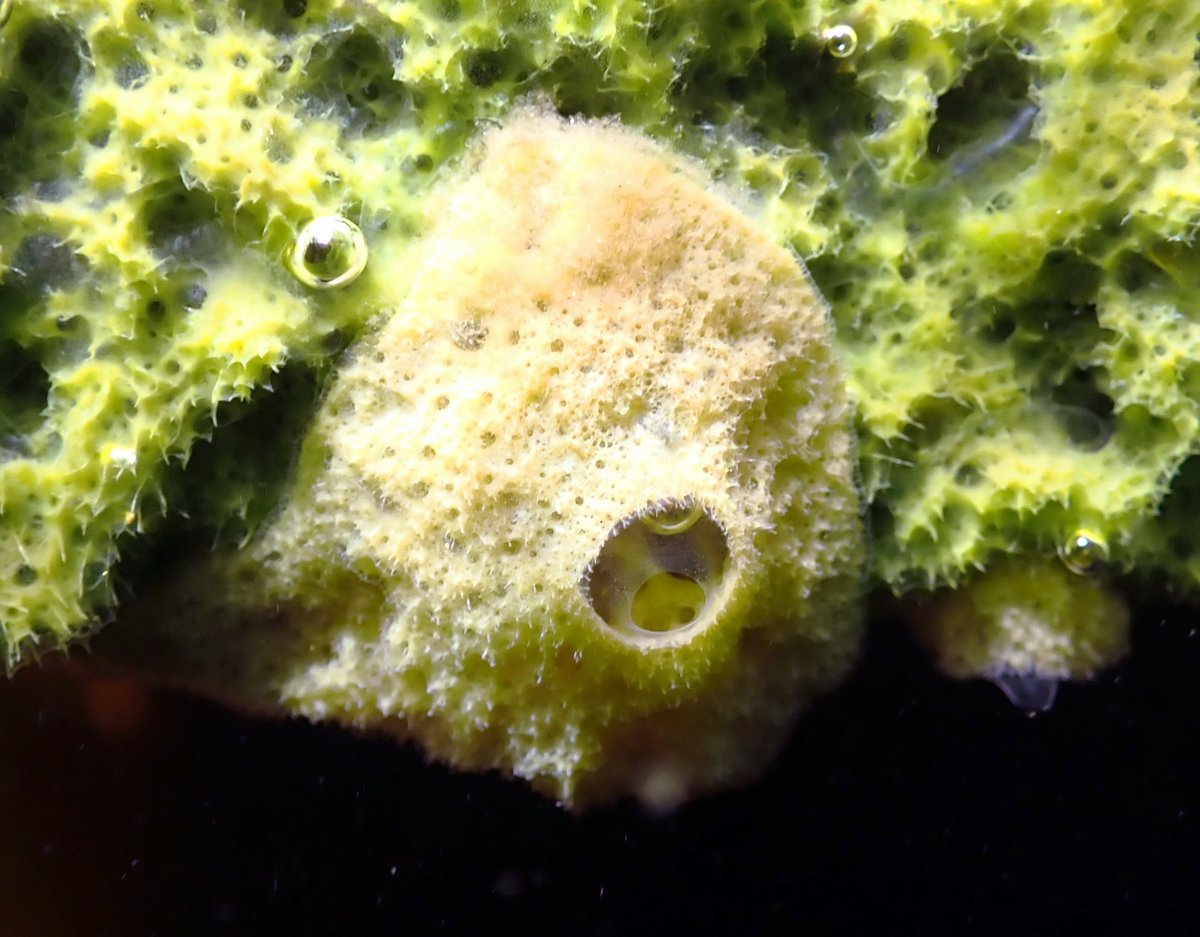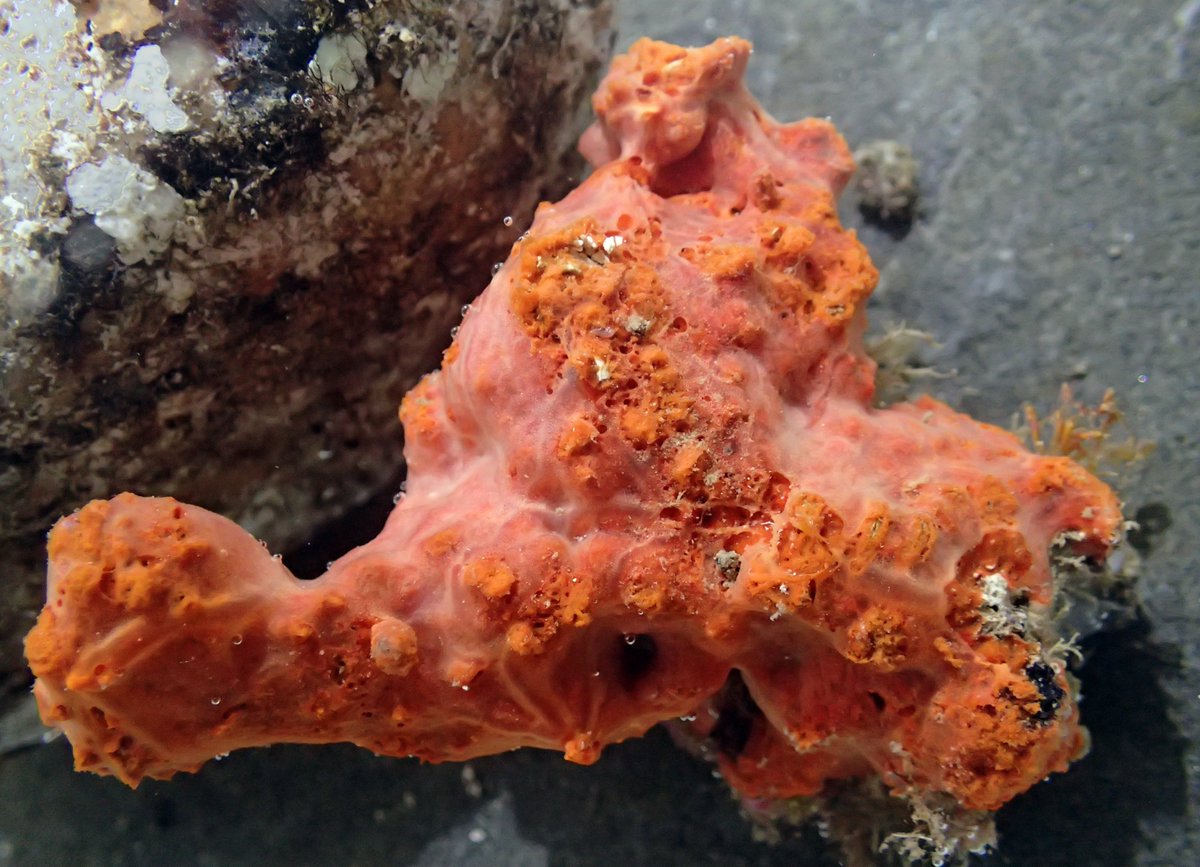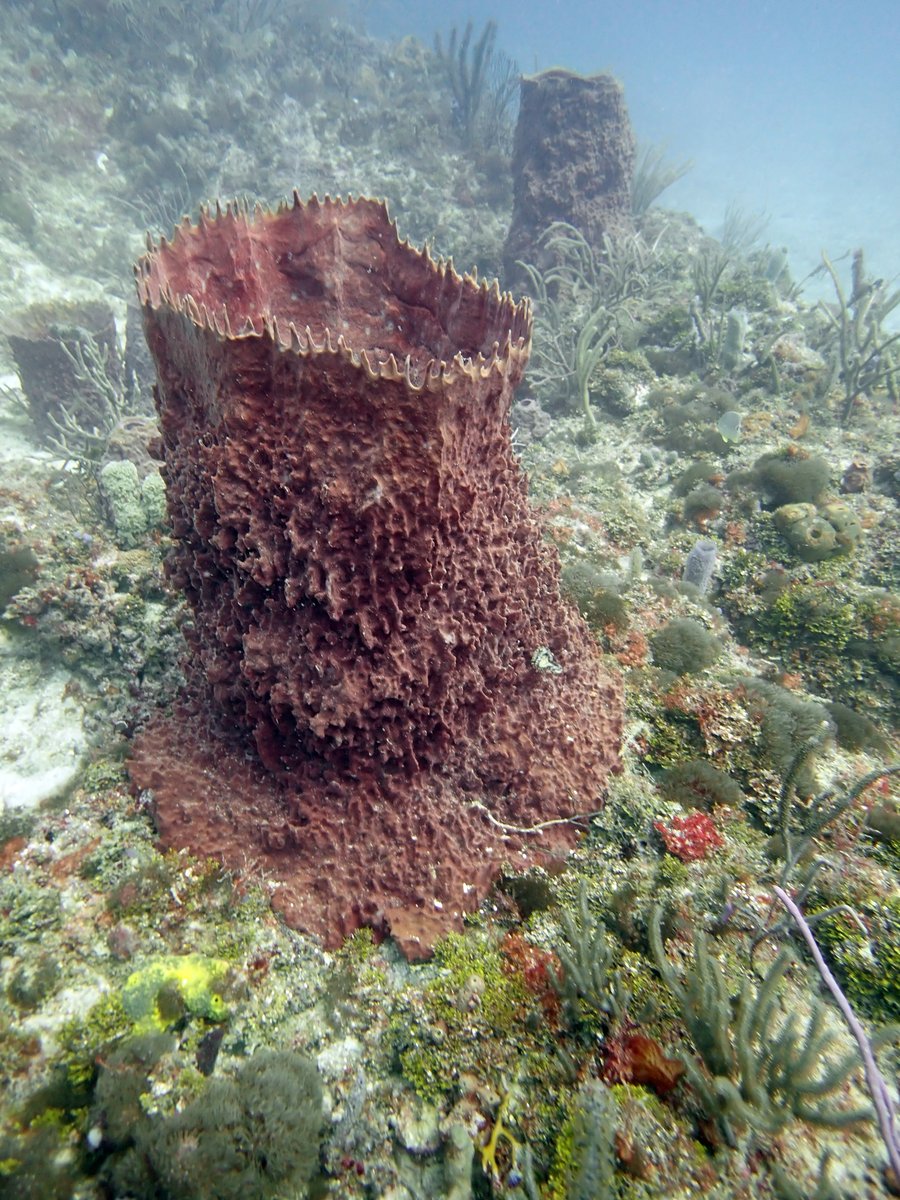
Ute Hentschel
@ute_hentschel
Professor for Marine Microbiology at GEOMAR and interested in host-microbe interactions. A particular interest in marine sponge symbioses.
ID: 826502140894003200
31-01-2017 18:47:20
876 Tweet
1,1K Followers
869 Following

The ISME Climate Change Committee, AAM, Applied Microbiology International, ASM, FEMS and International Coral Reef Society are joining forces to encourage industry and policy-makers to make use of microbes to mitigate and adapt to climate change. isme-microbes.org/harnessing-mic… #microbes #climatechange





Our study on #lichen #symbiosis is out in Current Biology! How can multiple microbes create a large, 3D, and structurally complex organism? To answer this question, we used #metagenomics, #metatranscriptomics, and a bit of protein structure modeling 🧵1/7








The chromosomal genome sequence of the glass sponge <i>Aphrocallistes beatrix</i> Gray, 1858 and its associated microbial metagenome sequences, wellcomeopenresearch.org/articles/10-280 (image credit to Javier Cristobo) Earth BioGenome Project Wellcome Sanger Institute


The chromosomal genome sequence of the kidney sponge, <i>Chondrosia reniformis </i>Nardo, 1847, and its associated microbial metagenome sequences, wellcomeopenresearch.org/articles/10-28… (image credit M. Maldonado) Wellcome Sanger Institute
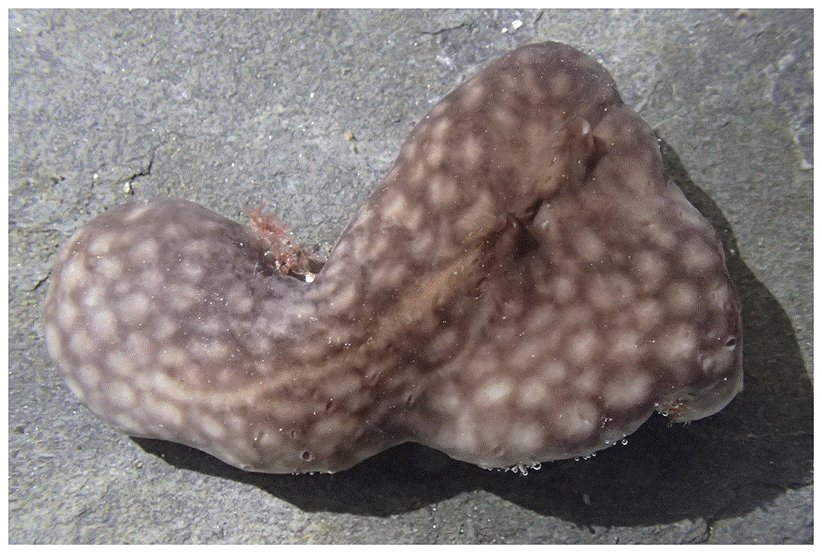




ASG Sponges Genome Note #8 by Ana Riesgo 👩🏽🔬🧬🔬 and E. Renard. The chromosomal genome sequence of the sponge, <i>Oscarella lobularis </i>(Schmidt, 1862) (Porifera, Homoscleromorpha) and its associated microbial metagenome sequences, wellcomeopenresearch.org/articles/10-340






